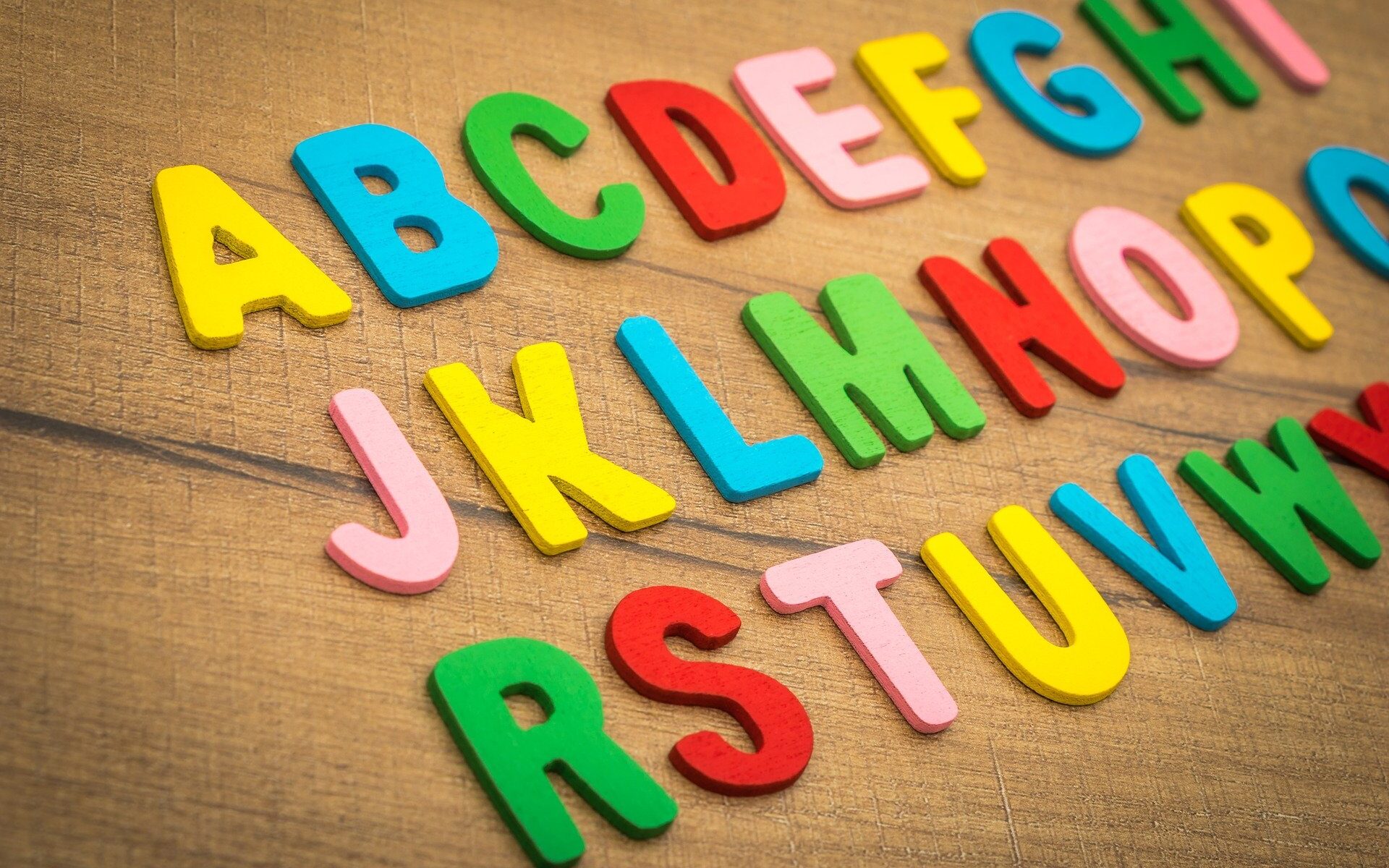Every year, the PSLE exams, including PSLE English exams send adults and especially the primary 6 collectives into a frenzied flurry. It can be stressful, knowing how a few exam papers taken at a time in our youth can really shape and influence the future prospects to some degree. News outlets, daily discussions, activities, and even sleep all become punctuated by the impending exam, during this time of year. On the part of the parents, there is also considerable pressure involved to fully participate in the process so as to have the best outcome for your child. Here are some tips and suggestions that your family can engage with, in preparation for their PSLE English examinations that will also prepare them for the curriculum in Secondary English.
Practice with targets in mind
Practice is necessary, but keep it specific. Make sure your child is focusing on areas that will genuinely make a difference as the exam date approaches. It might be too late to learn new abilities and methods for exam tasks on which they have performed poorly in the past.
Instead, look at tasks where they have managed to get a half-decent grade. These indicate that there is a strong knowledge base to build on. Concentrating on these is more likely to result in improved grades.
To accomplish this, have open and honest discussions with your child about which things to prioritize and which to abandon or at the very least devote less time to. It will also relieve tension on your youngster if they are not concentrating on things that they do not comprehend.
Utilize Exam Skills
Your child’s language skills are as good as they will get for the exam in the weeks leading up to the big day. Don’t have them memorize word lists or model answers.
To counter this issue, insist on time limitations by buying an egg timer, or using your phone when doing assignments. Time management is made up of a number of components; That means setting your fixed time limit, carrying out the exercise, answer checking, reflections, and then stipulated, small breaks between before repeating the process. These methods will help you organize your learning load into manageable chunks, as opposed to an unorganized load!
Read Plenty
You could say that the time spent learning how to read is equivalent to time spent learning how to write. Encouraging extensive reading at any age will always have a beneficial impact on the reader, especially when paired with reflections.
Reading them aloud and discussing why they’re good, for example, how is the story made interesting? What distinguishes the report? Discussing topics with your youngster improves his or her understanding. Keep in mind that this isn’t the same as memorizing!
Review Old Compositions
Your child will have amassed a sizable collection of old compositions by primary 6. Get them out of the bottoms of their backpacks and behind desks! For last-minute correction, they’re gold mines. They will, on one level, comprise errors that your youngster makes on a regular basis, such as simple past. They’re also wonderful for encouraging your child to consider ideas that will assist them to improve their writing and prepare them for Secondary English, whatever their level may be.
Inquire about the sentences they wrote before and why they were happy with them. Which ones do you think they’d want to change, and why? What are some ways they could make their parts more engaging or concise? It’s a good idea to double-check that they’ve comprehended and considered their teacher’s criticism.
As a parent, it’s crucial to remember that your child may find it difficult to show you their work, especially if it looks akin to a sea of red ink! Don’t panic or pass judgment; the point is to talk to your child about how they would approach the exam differently.
Embrace positive focus
Finally, there’s the essential holistic stuff that every parent is capable of! Whether your academic method is to be more hands-on or not during the period of the final revision, it is always of utmost importance to ensure that your child feels confident and ready on the exam day.
Children who enter an assessment room just thinking about their flaws are already on the defensive, psychologically speaking. Each child has a unique skill set unlike the others, that can best be nurtured through encouraging parenting. Find out what your child’s unique skill sets are by observing and enquiring about what sorts of activities, and subjects they like. Once the exams are over, your child may have skills or natural gifts outside of the exam arena, and it’s always good to remind them of what they are good at.











